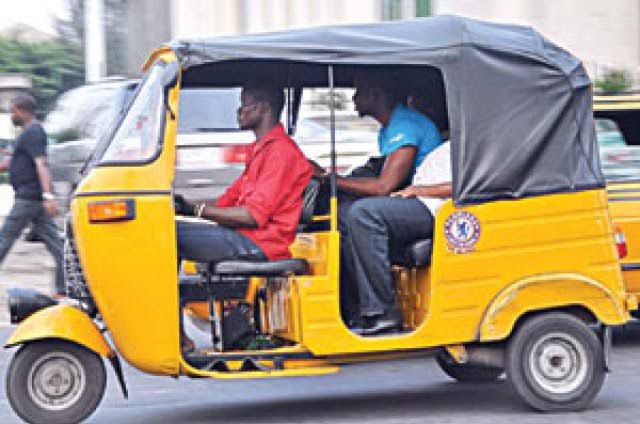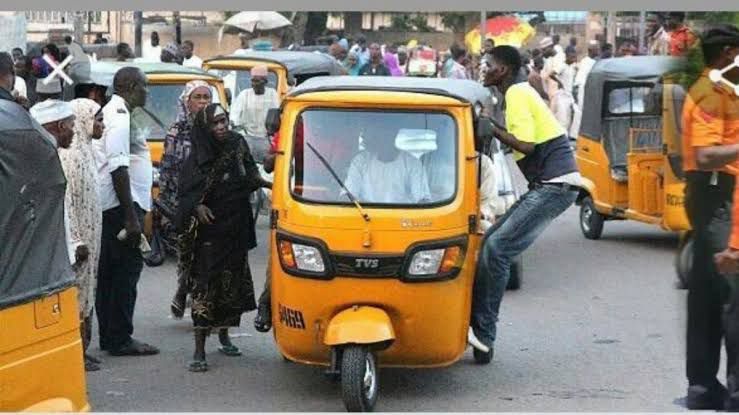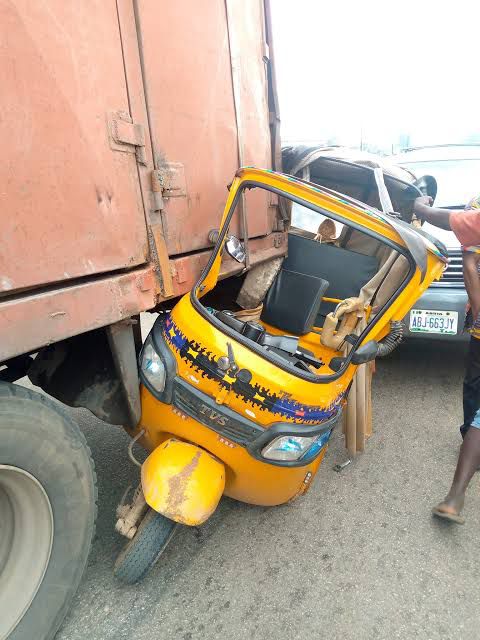In the year 1998, now retired Brigadier General Buba Marwa was the Military Governor of Lagos State. There was an urgent need to improve the living conditions for the residents of Lagos State. The pragmatic governor implemented many ideas to help him achieve his lofty ideas for the state. Among which is the introduction of 500 units of tricycles as a means of transportation.

With this, he achieved the reduction in crimes and road crashes then associated with commercial motorcycles. Also, these tricycles were used as a form of empowerment for the masses.
Before long, these tricycles were unofficially named ‘keke Marwa’, a name that has stuck till date and even transcends Lagos State.
Another significant factor led to the rapid proliferation of these commercial tricycles all over Nigeria was the National Poverty Eradication Programme (NAPEP) inaugurated by the then President Olusegun Obasanjo to alleviate poverty and provide economic empowerment to the masses, thus the name also metamorphosed to to Keke NAPEP with people using both interchangeably.
Currently, the “keke,” or tricycle, has become an ubiquitous sight on Nigerian roads with each state adopting their preferred commercial colours.
Once hailed as a solution to transportation woes, particularly in congested urban areas that the Keke offered easier maneuvering through, the keke has also become a source of considerable frustration and even danger.

While they offer a vital service, their often-reckless operation and contribution to traffic chaos and incidents of high and low intensities have turned them into a major public concern.
The Good, the Bad, and the Downright Dangerous:
Let’s be clear: kekes fill a crucial gap. They provide affordable transportation in areas where buses and taxis struggle to reach, offering a lifeline to many Nigerians. They’re also a source of income for countless individuals, providing a means of livelihood in a challenging economy.
However, the downsides are increasingly overshadowing the positives.
Traffic Chaos: Keke riders often disregard traffic laws, weaving through lanes carelessly, driving against traffic, and creating gridlock. Their erratic movements contribute significantly to the already chaotic traffic situation in many Nigerian cities. Also, they regularly damage other vehicles sharing the roads with them especially private cars.
Safety Concerns: Many keke riders lack proper training and driving licenses. This, combined with reckless driving, leads to frequent accidents, often resulting in damages, injuries and fatalities. The lack of standardized safety regulations and enforcement exacerbates the problem.

Security Risks: Keke riders have also been implicated in criminal activities, including gang disturbances, robberies and kidnappings. The ease with which they can navigate narrow streets makes them a convenient getaway vehicle for criminals.
Environmental Impact: While smaller than cars, the sheer number of kekes on the roads contributes to air pollution. Many are poorly maintained, emitting excessive fumes that pose huge problems for our environment and human beings.
Lack of Regulation: The lack of effective regulation and enforcement is a major contributing factor to the keke menace. There’s a need for stricter licensing, training, and traffic enforcement to bring order to the roads.
Finding Solutions:
Addressing the keke menace requires a multi-pronged approach:
Strict Regulation and Enforcement: Governments at all levels need to implement and enforce stricter regulations regarding licensing, training, and traffic laws for keke riders.
Training and Education: Comprehensive training programs should be implemented to educate keke riders about road safety, traffic laws, and customer service.
Infrastructure Development: Investing in better road infrastructure, including dedicated lanes for tricycles in certain areas, could help alleviate traffic congestion.
Public Awareness Campaigns: Public awareness campaigns are needed to educate both keke riders and the public about road safety and responsible driving.
Alternative Transportation Options: investing in more robust public transportation systems will lessen the need for reliance on kekes.
The keke is a complex issue with no easy solutions. They are a necessary part of the Nigerian transportation landscape, but their operation needs to be brought under control. By implementing effective regulations, investing in training, and promoting public awareness, we can mitigate the dangers and ensure that kekes contribute to a safer and more efficient transportation system.

